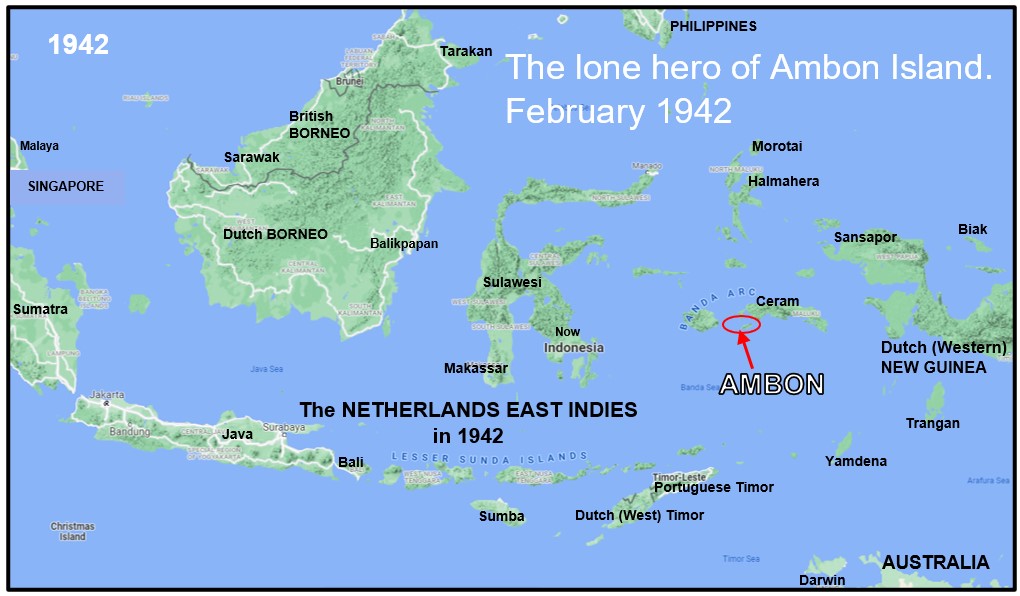
🧵
All seven Hutchins brothers volunteered to serve during WW2.
Only three survived.
Alan, of 2/22nd Battalion died as a POW at Rabaul, New Guinea.
Eric, Fred, David, plus cousin Tom Hutchins, all of 2/21st Australian Battalion, died as prisoners of the Japanese on Ambon Island.
All seven Hutchins brothers volunteered to serve during WW2.
Only three survived.
Alan, of 2/22nd Battalion died as a POW at Rabaul, New Guinea.
Eric, Fred, David, plus cousin Tom Hutchins, all of 2/21st Australian Battalion, died as prisoners of the Japanese on Ambon Island.

Tom Hutchins 2/21 Battalion, of Rainbow, Vic.
One of six brothers who served in WW2.
A POW at Ambon since Feb 1942, he died of malnutrition & disease aged 32 on 4 September 1945, still a prisoner of the Japanese.
Four of his brothers served O/S and one in Australia.
All survived.
One of six brothers who served in WW2.
A POW at Ambon since Feb 1942, he died of malnutrition & disease aged 32 on 4 September 1945, still a prisoner of the Japanese.
Four of his brothers served O/S and one in Australia.
All survived.

Sapper Fred Wallace, of Daylesford, Vic.
A cousin of the Hutchins men who served in WW2.
He was in the Royal Australian Engineers recovery team which visited Ambon in October 1945 to expose mass graves of Australians and identify remains, including those of his four cousins.
END
A cousin of the Hutchins men who served in WW2.
He was in the Royal Australian Engineers recovery team which visited Ambon in October 1945 to expose mass graves of Australians and identify remains, including those of his four cousins.
END

PS: Thomas Hutchins, last of the Hutchins POWs to die, had survived through three years & nine months of of horrendous conditions, only to die less than a week before four Royal Australian Navy corvettes sailed into Ambon Harbour (10/09/45) to release the surviving Australians. 

• • •
Missing some Tweet in this thread? You can try to
force a refresh





















